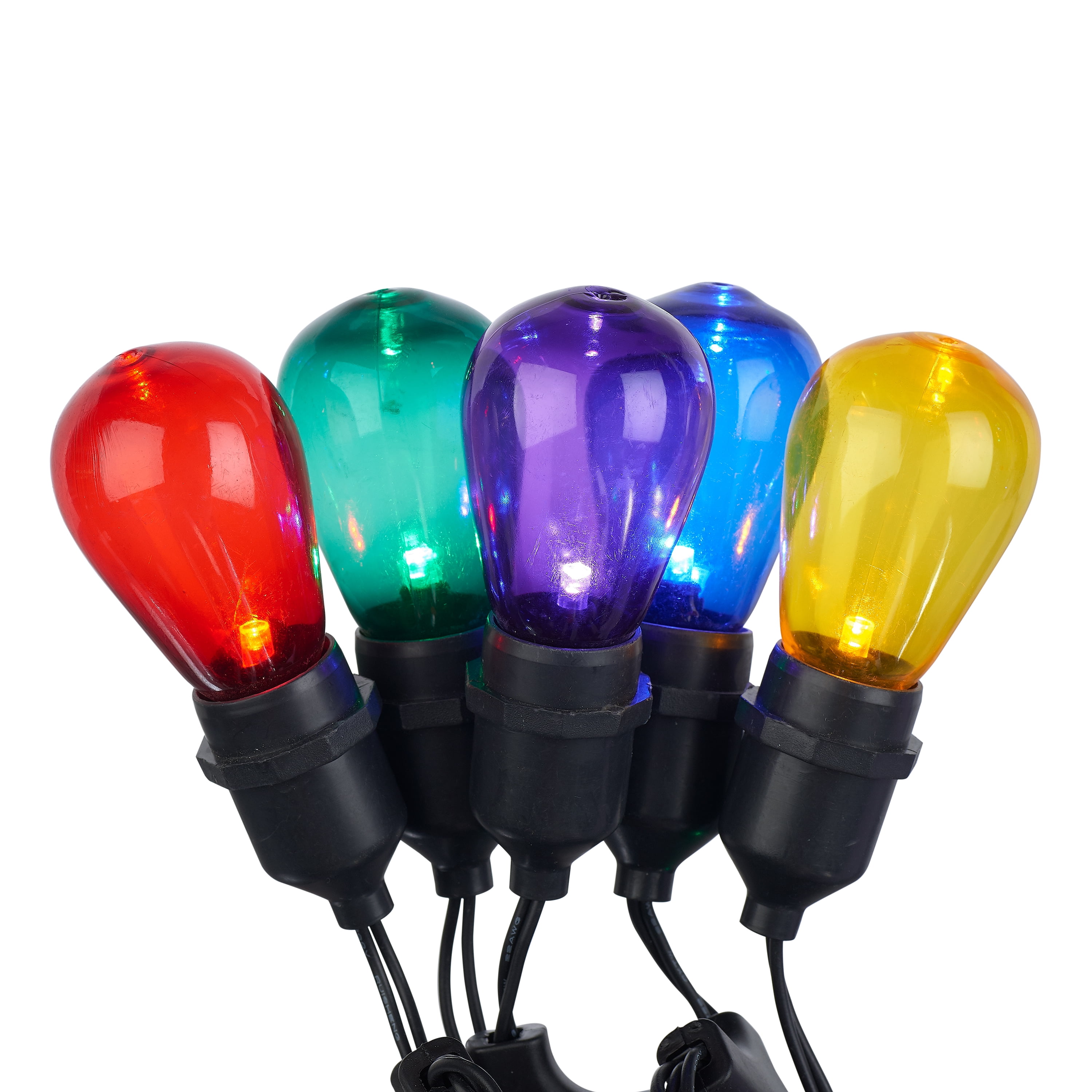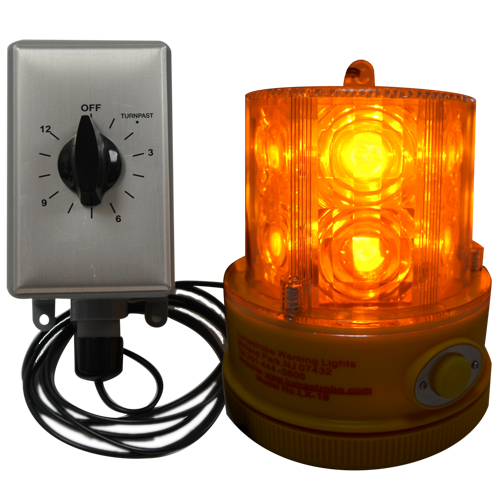



Cars with fuel injection, especially those which use a MAF ( Mass Air Flow) or MAP ( Mass Air Pressure) sensor rather than relying on speed density are more likely to have an electronic timing advance, but may still use vacuum in some cases. On carbureted vehicles this is generally a vacuum-based system, known as a vacuum advance. Disable the automatic timing advance system.Therefore, on most cars, to adjust the ignition timing with a timing light, you perform the following steps, to a car which has not yet been started: Rotating the cap changes the times at which the rotor's wiper contacts the points, resulting in a spark. The rotor is energized by a coil which raises the 12 volts (actually in the range of 13-15 volts) the car normally generates while running into something to the tune of twenty to fifty thousand volts, the better to jump across the gap of the spark plug's electrodes. This changes the timing because of the way a distributor works It contains a rotor which contacts points on the distributor cap which lead to spark plug wires. On vehicles with a distributor, timing is adjusted by loosening two or more bolts which hold it in place, and rotating it. The timing mark will match up with the "0" mark when piston number one is at top dead center. This is usually a notch or painted (white or one of various flourescent colors) mark which will line up with corresponding marks on the engine block. The practical difference is that on a four cycle engine each spark plug fires on every other rotation of the engine.īecause the timing light flashes once firing of the number one spark plug, which fires slightly before the number one piston reaches top dead center, and the crank pulley rotates once per revolution of the engine (as it is directly connected to the crankshaft) the light will appear to make the timing mark on the pulley stand still. They also sometimes have a setting so that they can be used on both two and four-stroke engines. In addition, you can set an advance on them to test your car's vaccum advance (or other automatic timing advance system.) They are generally rectangular in shape and generally have a hinge midway through so that they can be pointed at the more awkwardly-located crank pulleys found on vehicles with cramped engine compartments and transversely mounted engines. The most feature-laden models will check battery voltage, dwell, and RPMs. Modern timing lights are often microprocessor-controlled and have various additional features. In addition, a metal coating is conductive and an extremely bad idea when you are messing about with your car's electrical system. However, recent trends towards avoiding things which look like a gun have transformed them into sleeker forms.

They featured a trigger which could be used to activate them. Timing lights used to be metallic, uniformly pistol-shaped and typically finished in chrome, though they were much larger than any handgun. The major difference is that they can be powered by (typically) 12 volts DC, and that they can be somehow connected to the #1 spark plug wire. They will not work with coil on plug ignition, and some of the cheaper and/or older models will not work on distributor-free ignition systems, or some of the lower-power electronically controlled ignition systems.Ī basic timing light is little more than a glorified strobe light, typically using a xenon bulb. Inductive timing lights have a clip with an inductive sensor built into it, and are simply clipped around the spark plug wire. Inline timing lights are connected by unplugging the #1 spark plug wire and plugging a connector inline (hence the name) with that wire. There are two kinds of Timing Light inline, and inductive. It accomplishes this by flashing a light every time the number 1 spark plug fires. A Timing Light is a flashing light used to adjust the ignition timing advance on an automobile by means of markings on the crank pulley and on (or near) the engine block.


 0 kommentar(er)
0 kommentar(er)
